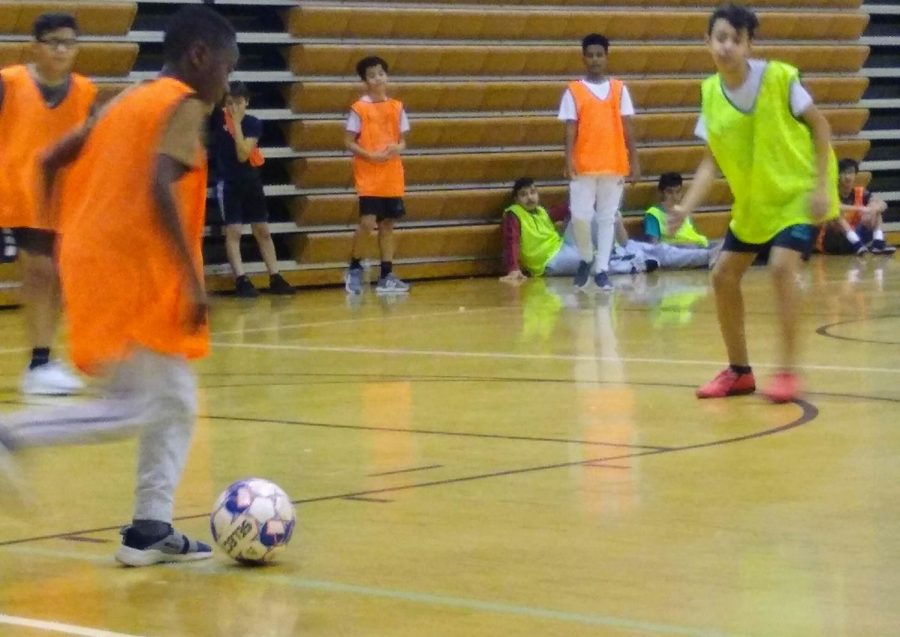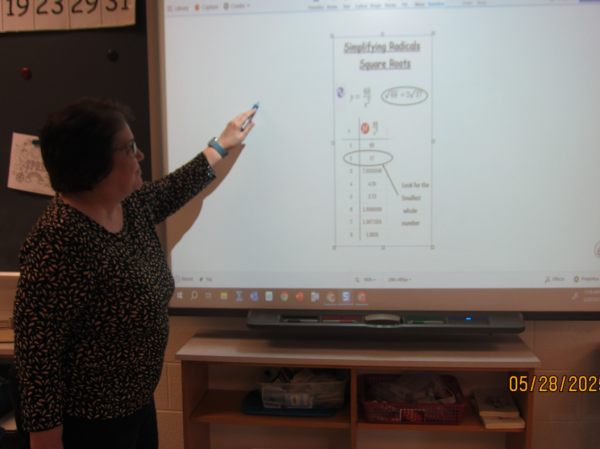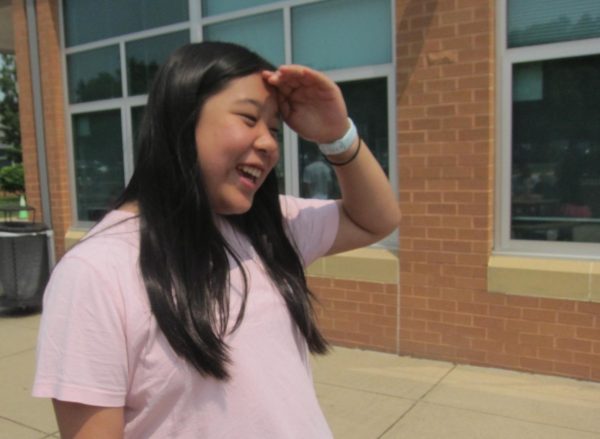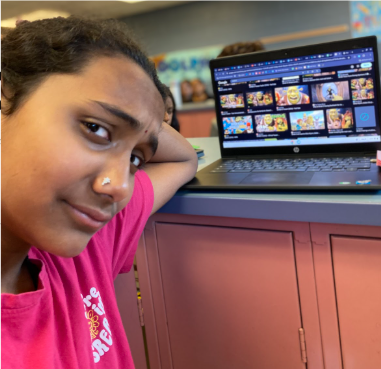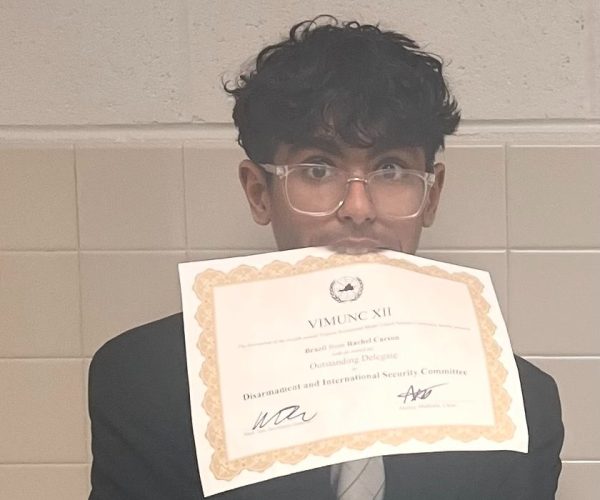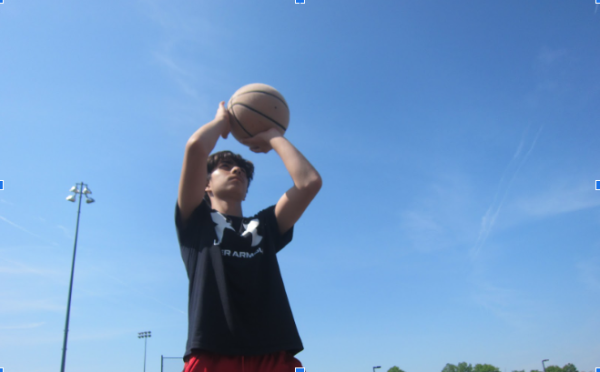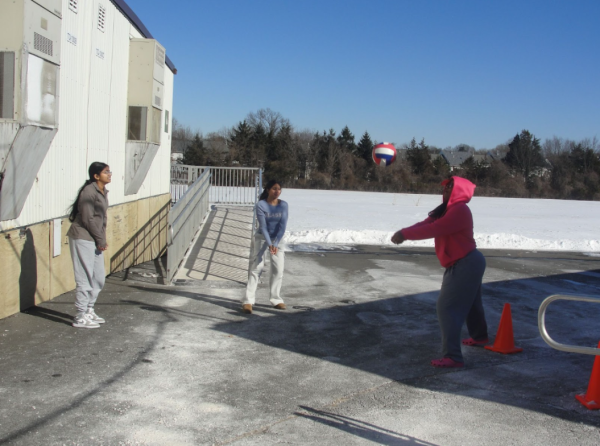After-school soccer club: Soccer power and transformative character
Players stretching down to their toes, and some doing jumping jacks, the students warm up before their club begins. Others help set up the goals and bring out the jerseys. The students pick the teams, and set up for the game. They center the soccer ball in the middle of the field, and once they hear the whistle, it’s live game.
The sound of feet shuffling as the players run around the field as they chase after the ball, huffing and puffing, working hard to win the game. “I got ya! Over here!” Students run in front of the ball, waving their hands, calling for the pass. A player continues to dribble the ball down the field. He fakes one way, goes the other, then makes a long pass down the court to the next player as he scores after their play.
Rachel Carson after school soccer and futsal clubs are held by Mr. Mark Bolt, the school’s Tech Ed 2 teacher, on Mondays and Wednesdays after school. These after school clubs provide students an opportunity to show others their soccer skills and to help each other improve at the same time.
“It’s really a great opportunity,” Grace Park, 12, on the All Stars team said. “Communication, hard work, and dedication, that’s all it takes.”
The club will help improve students not only in knowing how to play in the game, but will keep them active and healthy.
Students do drills practicing speed and footwork.
“We do dynamic warm-ups, technical drills, and they learn how to set up the field,” Mr. Bolt says. “I think the scrimmages will really prepare them for a game.”
Scrimmages are small, unofficial, fun games meant to help players practice and learn from their mistakes for when they have a game.
Players out on the field sweat and learn to work hard to reach their goals.
“I also teach students to take a situation or a problem and be able to solve it quickly,” Mr Bolt says. “Soccer helps people learn things that won’t only benefit them in soccer, but in their everyday lives.”
Students look forward to the club and enjoy running out on the field. They also learn how to be organized and play together as a team.
Mr. Bolt says his goal as a coach is not about winning, but about how the students improve.
“If I could sum up what I’m most proud of with coaching soccer in one word, it would be progress. Not only for me as a coach, but for me as a teacher, and for the children when they are playing a sport, or even at school,” he says. “It’s all about progress. It is the best feeling I could have, knowing that I helped someone improve in a whole lot of ways.”
Soccer itself will teach kids skills such as teamwork, perseverance, and decision making, and all of those will apply to all aspects of children’s lives. It also teaches children to balance life and to anticipate opportunities. They also learn to work with others to soon become successful.
“I couldn’t even dribble properly before,” Grace says. “But learning and watching others really helps, and I can easily improve my game play.”
As kids gain experience playing soccer and practice more as they watch others, they begin to hold a picture in their minds of where their teammates are on the field, and how their positions can be in relation with the goal. This awareness in the game teaches students how to “read the game.”
Grace says this club is a great opportunity and it’s really different from a team outside of school.
“Teams outside of school are yes, more professional, but they are almost outside of this community,” she says. “ Playing here at school is a very warm feeling, and again, it’s just an extraordinary opportunity.”

Reema Yaghi is a seventh grader on the All Stars team. She enjoys playing sports and is always willing to try new things.
